
China is not only a major producer of refractory materials, but also a major consumer of refractory materials. The production scales of major downstream industries are among the highest in the world. In 2013, the output of key downstream industries accounted for the world's total output. The European Union's refractory manufacturers' survey on the global production of refractory materials in 2011 showed that the global production of refractory materials in 2011 was 42.75 million tons. Among them, China's refractory output was 29.5 million tons, accounting for 69% of global output. If the export of 1.95 million tons is deducted, and domestic enterprises maintain a balance of inventory at the end of the year, domestic consumption of refractory materials in 2011 was 27.55 million tons, accounting for 65% of the world's total refractory consumption. Therefore, no matter how the economic situation changes, China is still a large market for refractory products, which has brought broad development space for the refractory industry.
China has abundant refractory raw material resources. Magnesite, bauxite, graphite, etc. are important refractory raw material resources in China. They are all known for their large reserves, high grades, and easy exploitation. China's refractory raw materials have achieved remarkable results in terms of selection, purification, homogenization, synthesis, modification, high-temperature calcination, expansion of varieties and improvement of quality. At present, there are more than a dozen types of refractory raw materials that can be produced nationwide, with an output of more than 30 million tons.
(1) Magnesite
At present, the world has proven reserves of about 12.625 billion tons of magnesite, mainly distributed in China, North Korea, Russia and other countries and regions. Among them, crystalline magnesite is 11.610 billion tons, accounting for 91.96% of the total magnesite resources, and cryptocrystalline magnesite is 1.015 billion tons, accounting for 8.04%. Countries with large magnesite reserves include China, North Korea and Russia, which account for 74.39% of the global total.
(2) Aluminum-silicon based raw materials
Shanxi, Henan, Guangxi and Guizhou account for 91.13% of the country's total reserves. Kaolin resources in China are distributed throughout the country. If the coal series kaolinite and the bauxite hard clay are counted, the country's total resource reserves will be even greater.
(3) Graphite
China's graphite resources are also abundant, mainly produced in Heilongjiang and Shandong provinces. The world has proven 370 million tons of graphite mineral reserves, and China's reserves, production and sales rank first in the world, and it plays an important role in the international graphite market. Because of its special geological genesis and properties, graphite has always been an indispensable important strategic resource in the development of military industry and modern industry and high and new technologies.
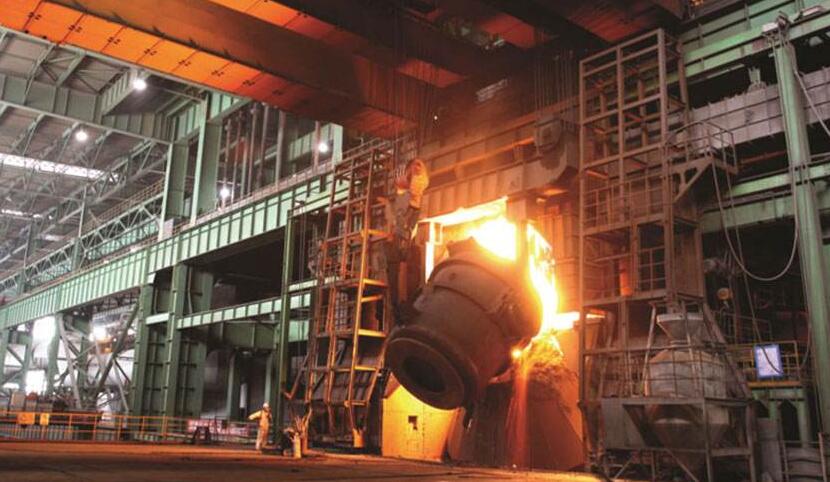
"Refractory brick manufacturing process" refractory brick manufacturing process and molecular stru
2021-11-11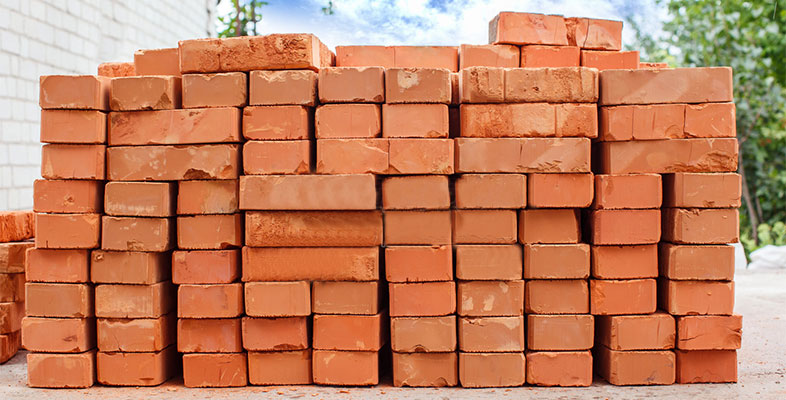
What are the characteristics of refractory bricks?
2020-01-13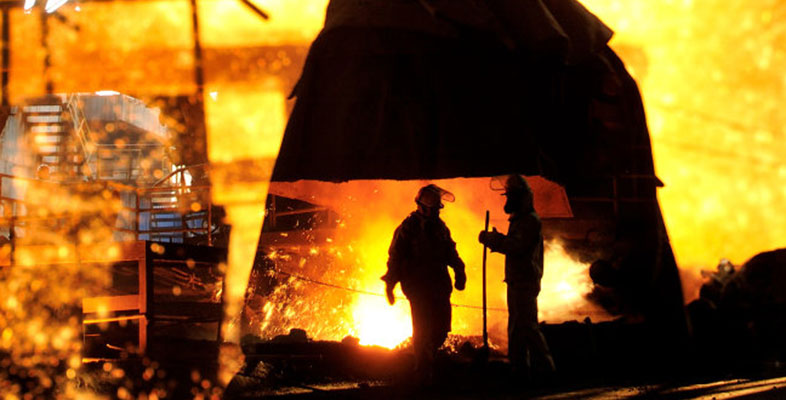
Market and resource advantages of China's refractories
2020-01-13
What is Unshaped Refractory What are the classifications of Unshaped Refractory?
2020-01-13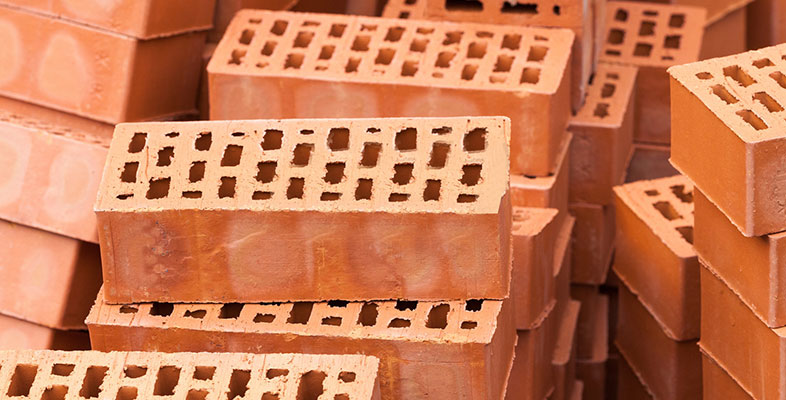
What is the definition of refractory brick?
2020-01-13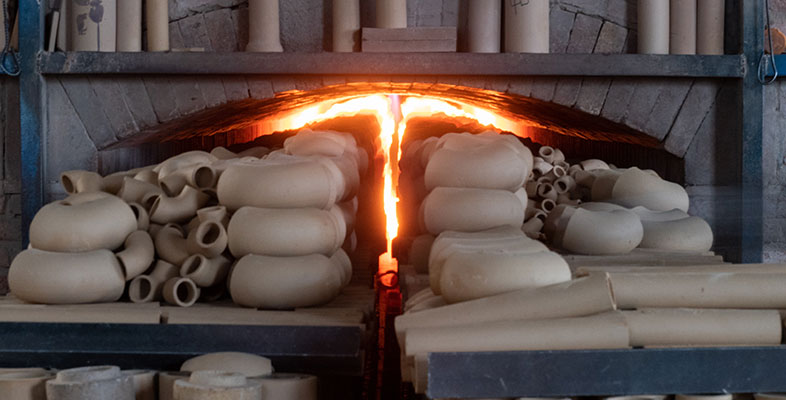
Develop efficient and environmentally friendly refractory materials to promote the upgrading and tra
2020-01-13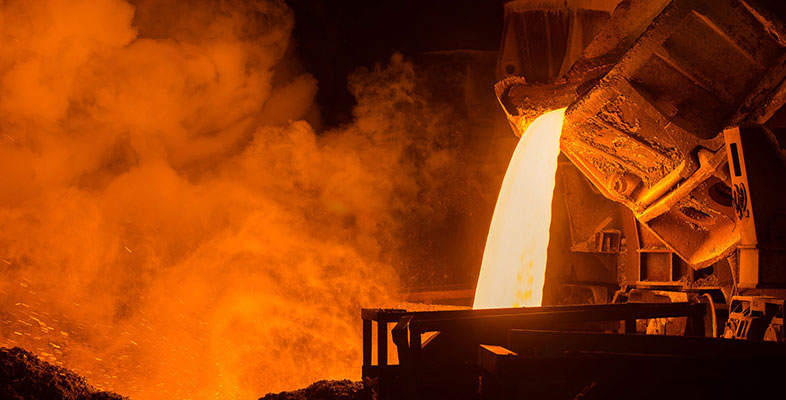
Changxing Ruihong Refractories Co., Ltd. website is online
2020-01-13